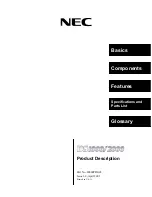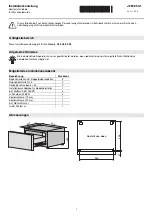
Ratings
Weight:
40g
Dimensions :
42.5mm High x 26.5mm Wide x 46.5mm Long
(excluding cables and mounting ears)
Power Supply:
3.5 to 7.2v
Repairs & Servicing
For repairs and servicing
only
, please contact:-
Westbury Products
Armour House
Brunswick Square
Southampton
Hants
SO14 1AR (Fax 01 703 335 463)
Manufactured in the UK by:
CSM Design Consultancy Ltd
8 Littlebrook Close
Hadfield
Hyde
Cheshire
SK14 8AW
(Fax: 0161 929 5984)
Distributed world-wide by:-
J. Perkins (Distribution) Ltd
90-96 Greenwich High Road
London SE10 8JE
(Tel: 0181 692 2451
Fax: 0181 692 2469)
DOs and DON'Ts
DOs:
Do mount the gyro with its axis of rotation parallel to the helicopter main shaft.
Do mount the gyro on two of the supplied self-adhesive foam strips.
Do mount the gyro to a hard, smooth clean surface.
Do use the rudder ATV and rates to tailor required stick response.
Do check the sense of the gyro operation and fit/remove Reversing link as needed before flight.
Do use a battery state monitor and check it before each flight.
Do remove slop and stiffness from tail control linkage.
Do inspect tail gears etc. for wear.
Do explore the performance limits of this gyro with care.
DON'Ts:
Don't mount the gyro where it will be subjected to high vibration levels.
Don't use Pilot Authority Mixing.
Don't use ATS or Throttle-Tail mixing with the Heading Lock mode.
Don't use unnecessarily long servo extension leads with the gyro.
Don't use Aux3 as gain channel with JR ZPCM receivers
Don't connect a servo extension to the "COMPUTER" port of the gyro.
Don't move the model during gyro self-test time.


























